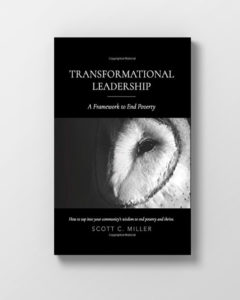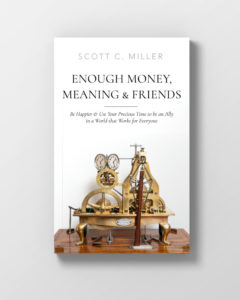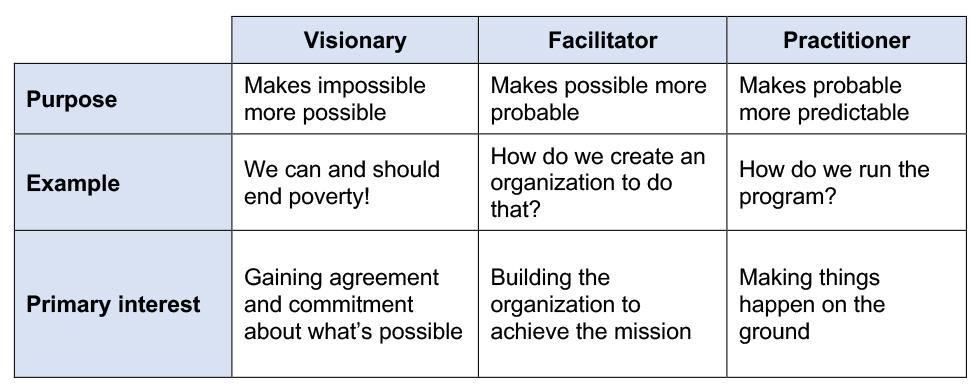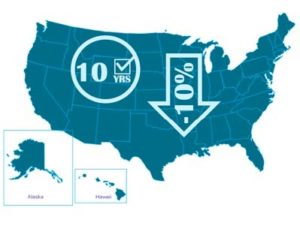Whether you are a visionary, facilitator, or practitioner, you need enough time to play your role. Each role must engage in the entire Transformational Map: articulating a vision to others, aligning with other leaders and facilitating a shared vision, helping yourself and others learn whatever is needed to achieve the vision, and building policies and program structures that will embed the vision into reality. Realistically, three to four days each week are needed to provide leadership to people through all four stages of the Transformational Map.
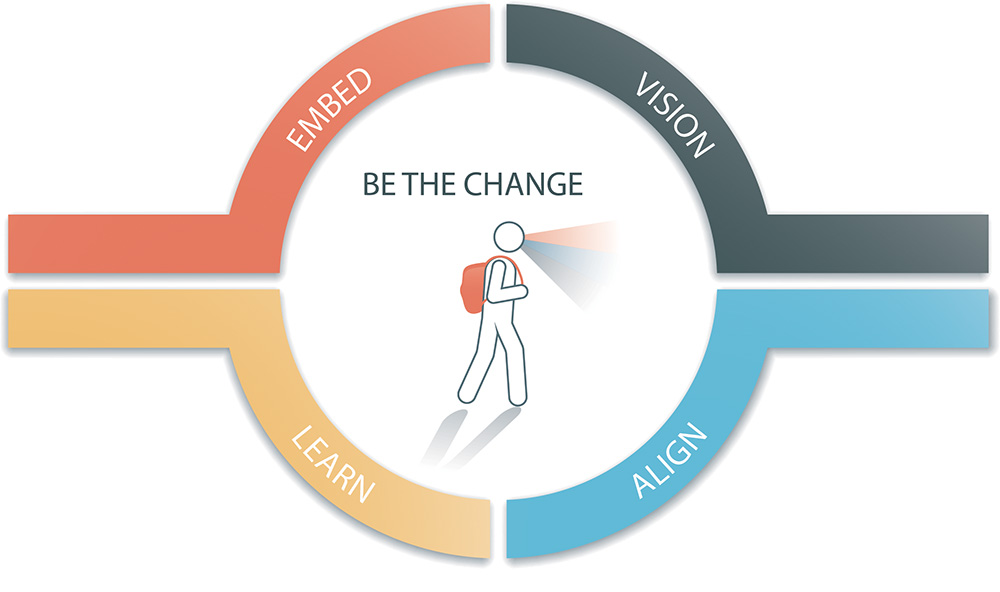
Many leaders find themselves saddled with management responsibilities. They are busy with budgets, personnel issues, and administration. If one is spending the majority of time in management, there is no way one can lead a transformational process to change the culture of an organization, a community, or a system. Sure, some management is unavoidable, but leaders must have time to read, write, think deeply about ideas, and then discuss those ideas with others. Leadership is needed in order to create a shared vision that makes people feel they can achieve something great.
Transitioning from manager to leader requires careful planning. The first step is to decide such a transition is important and then to find ways to delegate management to others. This might require re-prioritizing budgets, raising funds to hire a manager, and letting go of low-impact programs. Remember, high-impact programs change the community’s and organization’s mind-set from poverty management to poverty reduction. Which of your current programs are doing that, and which are not? What can be done to either bring programs from low impact to high, or to eliminate programs in order to free up time and resources?
Learn more: Transformational Leadership: A Framework to End Poverty ~ By Scott C. Miller
To learn more about Scott Miller, please see his website here.

